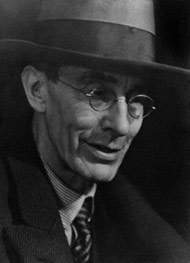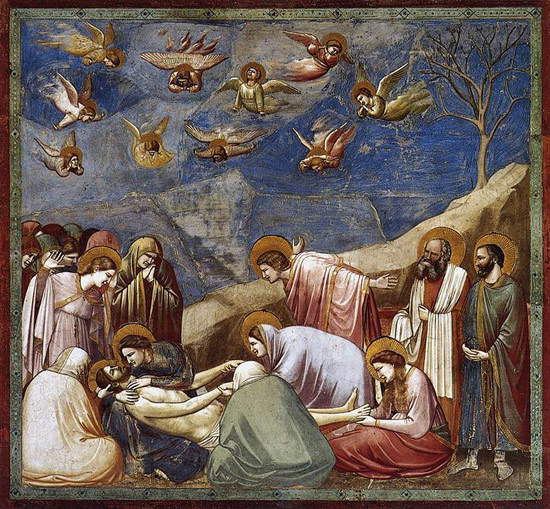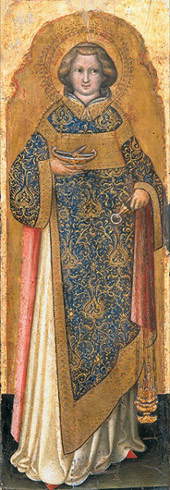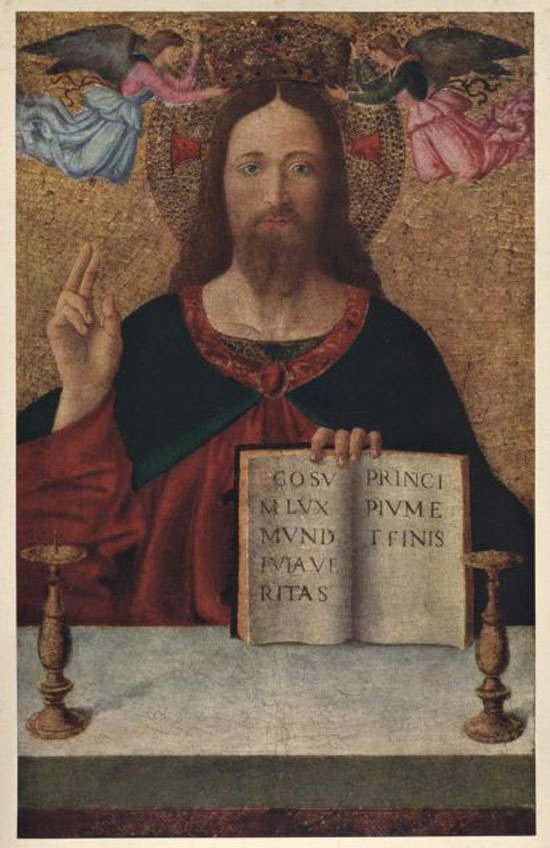In the last installment of our short little history of art criticism we had talked about the theory of pure visibility and the origins of formalism: in this new “installment” we will see how some great art historians approached formalism. We will see, in particular, the achievements of two big names, namely Roger Fry and Lionello Venturi, and we will reserve the right to devote a further article shortly to Bernard Berenson, another important scholar who was influenced by formalist theories.
Let us start from a point of contact with what had been said last time: in brief, we had seen how the Swiss scholar Heinrich Wölfflin had proposed five pairs of fundamental concepts in art history that would determine the ways of an artist. Art history would be a kind of continuous “alternation” of opposing principles that, in certain styles, find application as reactions to earlier forms of expression. In 1921, Englishman Roger Fry (London, 1866 - 1934) published a review of Wölfflin’s book Kunstgeschichtliche Grundbegriffe (Fundamental Concepts of Art History), which was titled The Baroque: In his essay, Fry argued that, just as neoclassicism had been a reaction to the Baroque, similarly postimpressionism (a term coined by Fry himself and which has had a very remarkable fortune in the study of art history, such a fortune that even today the experiences of the artists who came immediately after the Impressionists are identified with this term: Seurat, Van Gogh, Gauguin, Cézanne... ), with its character devoted to linearism, took the form of a reaction to the pictorial style typical, instead, of Impressionism. Roger Fry’s aesthetics derive precisely from Wölfflin’s formalist aesthetics: for Fry, too, a work of art is, first and foremost, a collection of lines, shapes and colors, and it is therefore on the formal elements of the work (and not on the content that the work represents) that the scholar should base his judgment. Fry was very fascinated byAfrican art: it is worth pointing this out because this interest of Roger Fry’s can provide us with an example to better understand formalist aesthetics, since, when we are confronted with a work of African art, our impressions are based on the outward qualities of the work, rather than on what the work represents or on the message, incomprehensible to most, that the artifact we are looking at is meant to convey.
 |
| Roger Fry |
An example may better clarify. We are well aware of the Lamentation over the Dead Christ that Giotto painted in the Scrovegni Chapel in Padua. In his 1901 article, Fry wrote that the painting’s characteristics could not be separated from the powerful drama that connotes the composition. But in 1920, the English scholar provided a quite different interpretation of Giotto’s masterpiece: he was convinced that the forms were independent of their meaning, and were therefore sufficient in themselves to move the viewer’s response. Thus, one could analyze this painting solely on the basis of its formal elements: the diagonal lines converging to the left, the solid masses of the figures crowding the scene (and the plasticity of the figures was one of the elements to which Fry attributed the most consideration in his work), the lightness of the angels in flight in the sky and their circular movement. The anecdote according to which Fry, finding himself lecturing in front of an unspecified Crucifixion in the National Gallery in London, referred to the body of Christ on the cross as this important mass, “this important mass,” should therefore come as no surprise. Yet even this seemingly outlandish approach, insofar as it may seem strange to us that an analysis should disregard the meaning of the work, would, according to the advocates of formalism, entail considerable advantages, first of all allowing a reading of the work free of the biases that might arise from the very message the work carries, or from our emotional reaction to the scene we are observing. And then it allows the expression of judgment even by those who do not necessarily know the meaning of the work: and here we return to the example of the African work of art mentioned earlier.
 |
| Giotto, Lamentation over the Dead Christ (1303-1305; fresco, 112 x 73 cm; Padua, Scrovegni Chapel) |
 |
| Lionello Venturi |
The artist’s creativity, however, is constrained by several elements (which nevertheless can be transformed by the artist’s own creative imagination): social and environmental conditioning, moral attitudes, historical situations, cultural baggage and ideals, contingencies and whatnot. Often these elements are common to groups of artists who share an era or live in the same region. It is here, therefore, that the concept of"taste" comes into play, which Lionello Venturi reformulated in these terms in his 1926 essay Il gusto dei primitivi: “This book [...] does not look for what singles out artists, it looks for what unites them, not their art, but their taste. I don’t know if the word ’taste’ is the most appropriate to mean what I mean; I have not found a better one. And to avoid misunderstanding, I state that I mean by taste the set of preferences in the art world on the part of an artist or group of artists. Michelangelo prefers plastic form and the naked body, he despises portraiture and landscape, and so on: this is Michelangelo’s taste. Titian prefers color effects and shimmering clothes, he loves portrait and landscape and the like: this is Titian’s taste.” And to further clarify the concept, Venturi wrote in his 1936 History of Art Criticism, “None of those preferences are identified with creativity. They accompany the formation of the work of art, they are included in the work of art, but when the work of art is perfect they result transformed by creativity, and can be recognized only if detached from that whole, from that character of synthesis, which is proper to creation. These constructive elements of the artistic fact are of various natures, from technique to the ideal, but they have a common character in the face of the synthesis, the creation of the work of art. That common character was many years ago called ’taste’ by me.”
 |
| Niccolò di Pietro, San Lorenzo (c. 1420; panel, 62 x 22 cm; Venice, Gallerie dell’Accademia) |
 |
| Follower of Melozzo da Forlì, Christ Blessing (second half of the 15th century; panel, 112 x 73 cm; Turin, Galleria Sabauda) |
In conclusion, one last note is necessary to better frame the figure of Lionello Venturi. For the great scholar, the artist’s creative imagination is always free (not by chance, one of his most important essays is entitled Per la libertà della fantasia creatrice): consequently, it cannot be caged in preconstituted schemes or, even worse, instrumentalized. From this conception of art probably originates Lionello Venturi’s civil commitment, which led him, in 1931, to refuse to swear allegiance to the Fascist regime, together with a small group of intellectuals. The refusal would have meant the loss of his professorship at the University of Turin, where the scholar was teaching at the time: but, after all, the oath was not compatible with his principles. Thus the scholar wrote, to justify his refusal, to the rector of the Piedmontese university: “it is not possible for me to commit myself to ’form citizens devoted to the Fascist regime,’ because the ideal premises of my discipline do not allow me to make propaganda in the school for any political regime.” Forced therefore into exile, and returning to Italy only after the end of World War II, Lionello Venturi is also remembered today for his remarkable ethical stature, which went hand in hand with his critical and professional stature.
Reference bibliography
Warning: the translation into English of the original Italian article was created using automatic tools. We undertake to review all articles, but we do not guarantee the total absence of inaccuracies in the translation due to the program. You can find the original by clicking on the ITA button. If you find any mistake,please contact us.